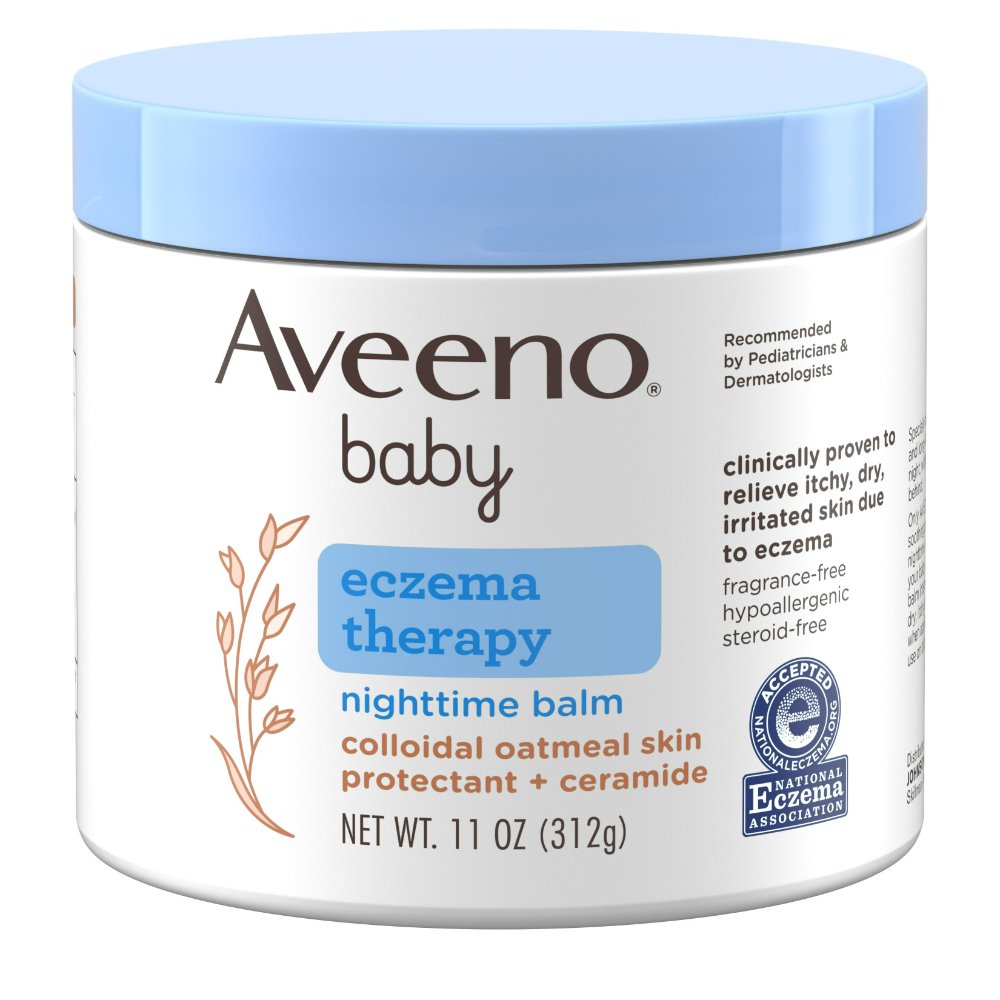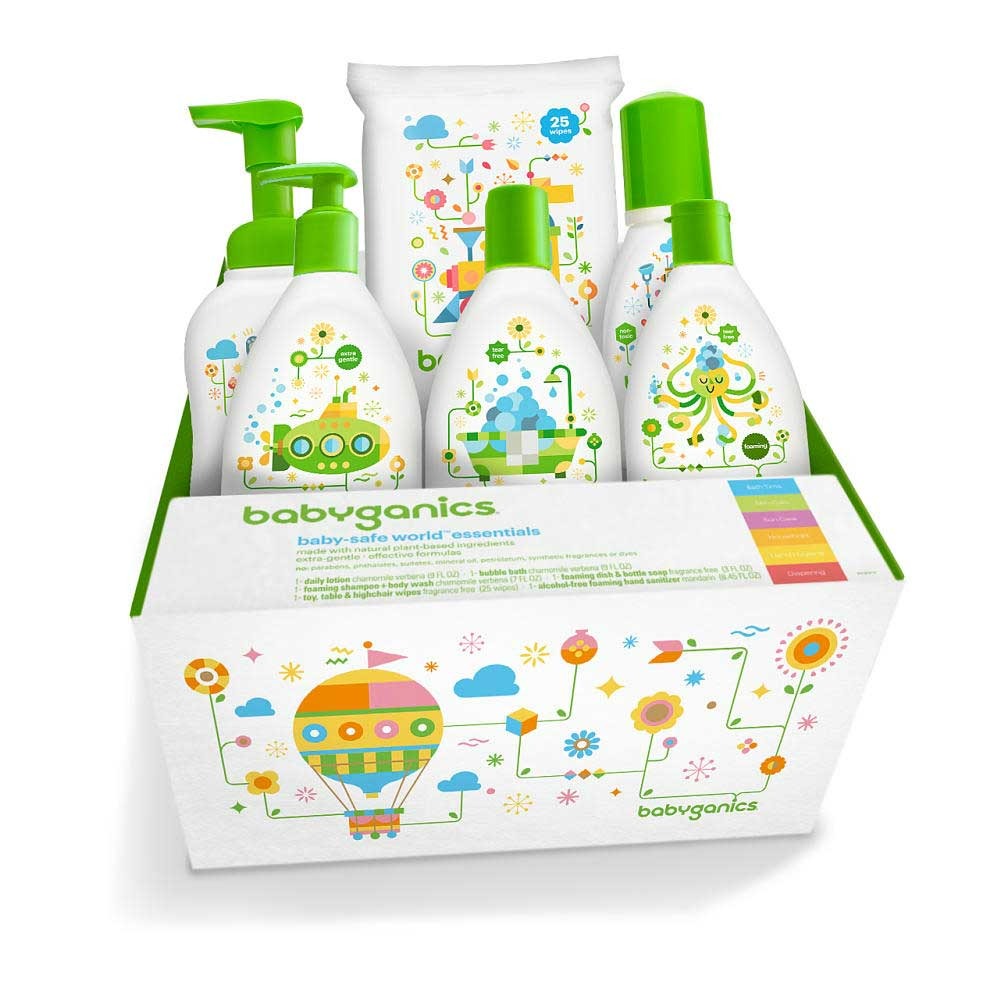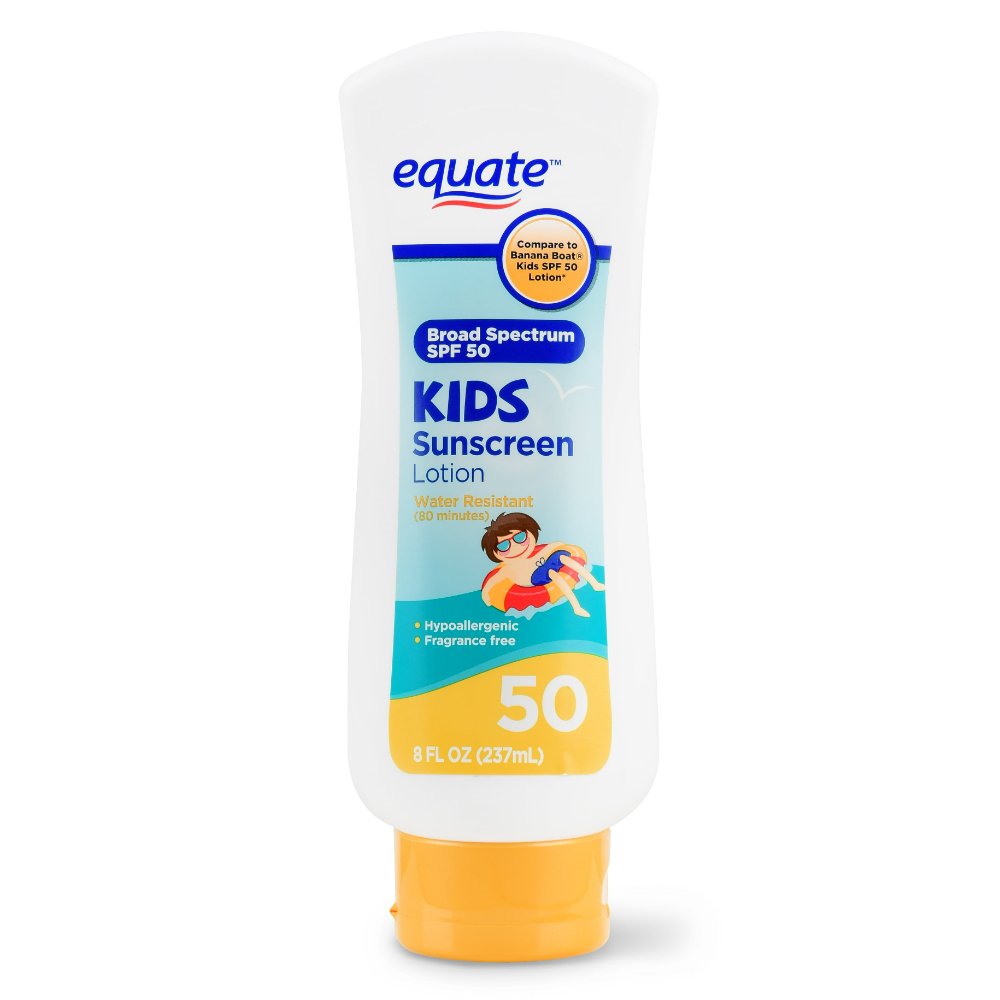Importance of Skin Care for Children
Caring for children’s skin is vital for their overall health and well-being. Their skin is more sensitive than adults’, making it more susceptible to environmental harms like UV rays and pollution. A solid skin care routine helps protect their skin from these threats. Establishing good skin care habits early on also paves the way for healthy practices as they grow. It can prevent a host of skin problems that can affect self-esteem and comfort. Plus, teaching children about skin care is a great way for them to learn about personal hygiene and self-care. When choosing skin care for kids, it’s important to look for gentle products. Products should be free of harsh chemicals and fragrances, as these can be irritating or cause allergic reactions. Opt for hypoallergenic and non-toxic items designed specifically for young, delicate skin. By emphasizing the importance of skin care from a young age, children learn to value and take care of their bodies. This builds a foundation for a healthy lifestyle that can last a lifetime.

Identifying Your Child’s Skin Type
Before delving into skin care for kids, it’s crucial to identify their skin type. Just like adults, children can have a range of skin types, each requiring different care. Categorizing your child’s skin type helps in selecting the correct products and care routine. There are generally four skin types to consider: normal, dry, oily, and sensitive.
Normal skin is neither too dry nor too oily. It’s balanced, clear, and not usually sensitive. For kids with normal skin, a gentle cleanser and light moisturizer work well.
Dry skin can appear flaky, itchy, or rough. In this case, a richer, hydrating moisturizer is important after cleansing to keep skin nourished.
Oily skin tends to look shiny and may be prone to breakouts. Here, use non-comedogenic products to avoid blocking pores.
Sensitive skin reacts easily to irritants. For these kids, fragrance-free, hypoallergenic products are best to minimize risk of allergic reactions or discomfort.
There’s also the combination skin type, which mixes oily and dry areas. Treatment for this involves balancing the routine, with different products targeting particular areas.
To determine your child’s skin type, observe how their skin reacts to daily activities and products. Consultation with a pediatric dermatologist can provide clarity. Recognizing the right type is key to a happy skin care journey for your little one.
Daily Cleansing Essentials
For daily skin care for kids, gentle cleansing is a must. A mild, kid-friendly cleanser should be used daily to keep their skin clear and prevent irritation. Choose cleansers labeled “mild”, “gentle”, or “for sensitive skin”. Make sure the product is free of harsh soaps and chemicals. Use lukewarm water to wash their face and body and avoid hot water, which can dry out delicate skin. Pat the skin dry with a soft towel instead of rubbing, to prevent damage. Make cleansing fun by using playful techniques, such as singing a song while washing to ensure they scrub for the right amount of time. For kids old enough to wash their face themselves, guide them to use gentle circular motions. This helps prevent tugging at their skin. Encourage them to wash in the morning and before bedtime. Regular cleansing helps in removing dirt and oils accumulated throughout the day or night. Stick to a simple routine to ease them into good skin care habits. Remember, the key to effective skin care for kids is simplicity and gentleness.

Moisturizing: Choosing the Right Product
Finding the right moisturizer is key to keeping your child’s skin healthy. Moisture is essential for protecting the skin’s barrier and keeping it soft. Yet, with so many products on the market, choosing can be hard. Look for moisturizers that are free from dyes, fragrances, and harsh chemicals. These can be too strong for a child’s delicate skin and may cause irritation. Opt for ones labeled “hypoallergenic” or “for sensitive skin” to ensure safety.
For children with dry skin, a thicker cream may be necessary to provide adequate hydration. But, if your child’s skin is oily, a lighter, water-based lotion is better. It’s less likely to clog pores and cause breakouts. For sensitive skin, ingredients like aloe vera and chamomile are soothing. They help calm irritation and redness. Always do a patch test before using a new product on your child’s full body.
Teach your child to apply moisturizer right after bathing. This helps lock in moisture when their skin is still damp. It’s a simple step that adds to their daily routine. Remember, a little goes a long way. Use just enough product to cover the skin without leaving it greasy. Encourage your child to make moisturizing a regular part of their skin care. This habit will benefit them well into the future.
No matter the skin type, hydration is a must for all kids. It’s all about finding the balance that fits your child’s unique needs. With careful selection and consistent use, moisturizing can boost skin health. It can also increase comfort, especially in changing seasons or climates. Keep your child’s skin smooth, protected, and happy with the right moisturizing care.
Sun Protection for Young Skin
Protecting children’s skin from the sun is crucial. Sun damage can lead to serious issues both immediately and later in life. Start with sunscreen. Choose a broad-spectrum sunscreen made for sensitive skin. It should be at least SPF 30 to guard against UVA and UVB rays. Apply it generously on all exposed skin. This includes areas like the face, neck, and hands. Reapply every two hours, or after swimming or sweating.
Teach children to seek shade, especially during midday hours when the sun is strongest. Dress them in protective clothing, such as long sleeves and hats with wide brims. Sunglasses are important too. They protect the eyes from harmful rays. Let kids choose fun, wrap-around styles that block out most sun.
Remember to model good behavior. Apply sunscreen yourself and wear protective clothing. Kids learn best by watching adults. Share the why behind these habits to make them meaningful. Explain how sunscreen keeps skin safe and why hats and sunglasses are more than just accessories. They are tools to keep our body healthy.
Finally, be mindful of the sun, even on cloudy days. UV rays can pass through clouds, mist, and fog. Apply sunscreen every day as part of the morning routine. Outdoor play is healthy, but always combine it with smart sun protection strategies.

Managing Common Skin Problems in Kids
Kids often face skin issues like eczema, diaper rash, or acne. These problems are common, but they can unsettle both children and their parents. It’s important to manage these conditions gently and effectively. Here are some tips to tackle common childhood skin problems:
- Eczema: This is dry, itchy skin that can get red and inflamed. Keep the skin moisturized with creams meant for sensitive skin. Avoid hot baths, as heat can worsen the itch. Choose mild, fragrance-free laundry detergents to prevent irritation.
- Diaper Rash: It’s a frequent issue in babies, showing up as red, sore skin. Change diapers often, and let the baby’s skin breathe from time to time. Use barrier creams with zinc oxide to soothe and protect.
- Acne: Older kids and teens may develop acne. Use mild cleansers and avoid picking at the spots. Seek advice from a dermatologist if over-the-counter products don’t help.
Remember to consult with a pediatrician or dermatologist to get personalized care. They can suggest the best treatments and routines for your child’s specific skin issues. Keep the routine simple and comforting to help your little one’s skin heal and stay healthy.
The Role of a Healthy Diet in Children’s Skin Health
A healthy diet is crucial for good skin health in kids. What children eat reflects on their skin. To boost skin health, focus on a balanced diet with plenty of fruits, vegetables, and whole grains. These foods are rich in antioxidants and vitamins that protect the skin. Make sure your child drinks enough water too. Hydration keeps their skin supple and clear.
Include foods with Omega-3 fatty acids, like fish and flaxseeds. They can help reduce skin inflammation. Avoid processed foods and sugary snacks that can lead to skin issues. Instead, offer nuts and seeds as snacks. They are good for the skin. Teach your child that healthy food is not just good for their body, but also for their skin. A good diet sets the stage for lifelong healthy skin and overall well-being.
Tips for Teaching Kids Good Skin Care Habits
Teaching kids good skin care habits early can set them up for a lifetime of healthy skin. Here’s how to get started:
- Make it Routine: Just like brushing teeth, make skin care a non-negotiable part of your child’s daily routine. Morning and night, guide them through their cleansing and moisturizing steps.
- Be a Role Model: Children imitate what they see. Show them how you care for your own skin. Apply sunscreen, moisturize, and explain why you do these things.
- Educate Them: Explain the benefits of each step in their skin care routine. Make sure they know how sunscreen protects and why moisturizer is important.
- Choose the Right Products Together: Involve your child in selecting products. Go for those that are fun and appealing to them, but still gentle and safe for their skin type.
- Keep it Simple: Start with the basics – cleansing and moisturizing. As they grow older, you can introduce more products or steps if needed.
- Praise their Efforts: Always positively reinforce their skin care efforts. Compliment them on their clear skin or for remembering to apply sunscreen.
- Handle Problems with Care: If skin issues arise, tackle them with understanding. Choose treatments that are appropriate for their age and skin type, and seek professional advice if necessary.
By practicing these tips, you’ll help your child understand the importance of skin care and encourage habits that will benefit their skin now and in the future.